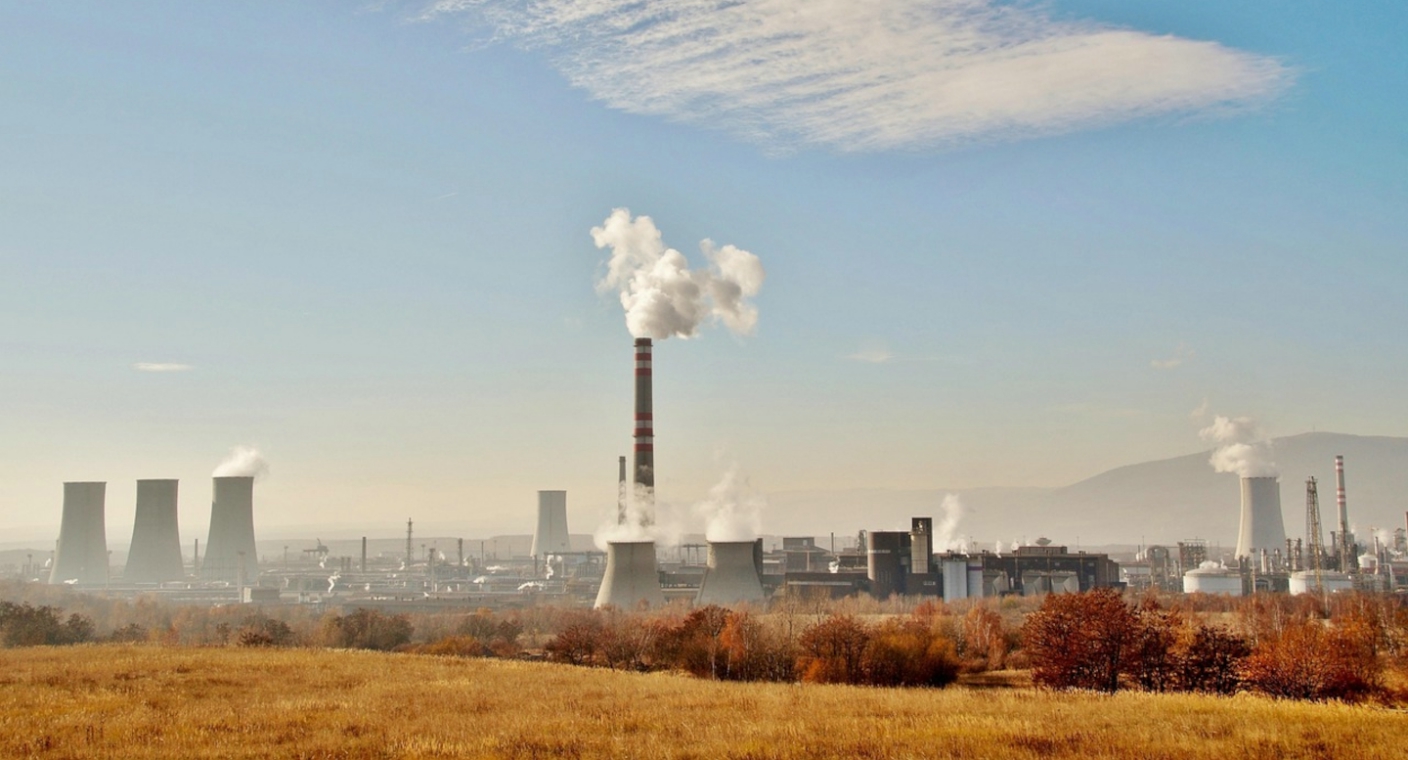Change is happening fast. As we move through 2025, working with chemical industry leaders we experience these developments first-hand. We can see three interconnected trends and focus areas which are reshaping the landscape – building resilience, driving innovation, and embracing sustainability through green chemistry and circular economy principles.
With the American Chemistry Council projecting global chemical production to rise by 3.5% in 2025[1], the industry faces both opportunities and challenges. In this blog, we explore how these key trends will make their mark.
Building resilience through cost and supply chain management
The chemical industry's approach to resilience has evolved significantly. Cost management remains crucial, particularly in Europe where plants continue to grapple with higher energy prices compared to pre-crisis levels. Many companies are extending their cost-reduction programmes through 2025, focusing on increasing operational efficiency and aligning spending with market conditions.
Recent industry surveys reveal that over 18% of companies are prioritising capital investments in operating efficiencies, while 26% are focusing on plant and equipment upgrades[2]. This dual focus on efficiency and infrastructure demonstrates how companies are taking advantage of current market conditions to build long-term resilience.
But resilience goes beyond cost control. Supply chain agility has become paramount in an increasingly complex global landscape. Geopolitical disruptions, climate-related challenges, and shifting regulatory frameworks are pushing chemical companies to enhance their supply chain visibility and flexibility. With continued growth in chemical production and trade expected through the remainder of the decade, robust supply chain management will be even more critical for future success.
Product and process innovation
We also believe that innovation in the chemical sector will continue to take two distinct yet complementary paths.
On the product side, companies are developing solutions that enhance both performance and sustainability. For example, a notable trend is the emergence of drop-in chemicals, where traditional processes are modified to produce bio-based alternatives without requiring significant infrastructure changes.
Process innovation is equally transformative. We're seeing increased adoption of digital automation and AI-driven analytics to optimise production processes and minimise waste. This digital transformation is not just about efficiency – it is becoming a cornerstone of sustainable manufacturing practices, creating a natural bridge to green chemistry initiatives (more on this further down).
The focus on process intensification is particularly noteworthy, as companies seek to make chemical processes more efficient and less resource intensive. For instance, advanced analytics are being deployed to predict maintenance needs, optimise raw material usage and reduce energy consumption. These innovations are becoming essential tools for meeting increasingly stringent environmental regulations, all while maintaining a competitive advantage.
Green chemistry and the circular economy
Arguably the most significant shift we're witnessing is the industry's move towards green chemistry and circular economy principles – a transition which is being driven by a combination of environmental concerns, regulatory pressures and growing market demand for sustainable solutions.
Companies are increasingly turning to renewable sources and bio-based raw materials. These are replacing traditional fossil-based inputs with many success stories emerging across the sector, from startups offering closed-loop recycling solutions to major corporations implementing circular economy strategies. For example, several leading chemical companies are now investing in solvent-based recycling technologies and bio-based feedstock alternatives.
The economic case for this transition is becoming clearer. Beyond environmental benefits, companies are discovering that green chemistry and circular economy practices can create new revenue streams and reduce operational costs.
The transition requires significant initial investment, particularly in areas such as closed-loop recycling and bio-based production processes. However, the long-term benefits – including improved energy efficiency, waste reduction and access to growing markets for sustainable products – are difficult to ignore. Cross-industry collaboration is emerging as a key enabler, with chemical companies forming partnerships across the value chain to create more effective circular networks.
What’s next?
These three trends – resilience, innovation and sustainability – are deeply interconnected.
Companies that successfully navigate them are positioning themselves for long-term success in an evolving market. As we progress through 2025, we expect to see these trends continue to shape the sector's development, driving both technological advancement and sustainable growth.
Want to learn more about communicating your chemical industry innovations? Contact our team to discuss how we can support your communications strategy.



